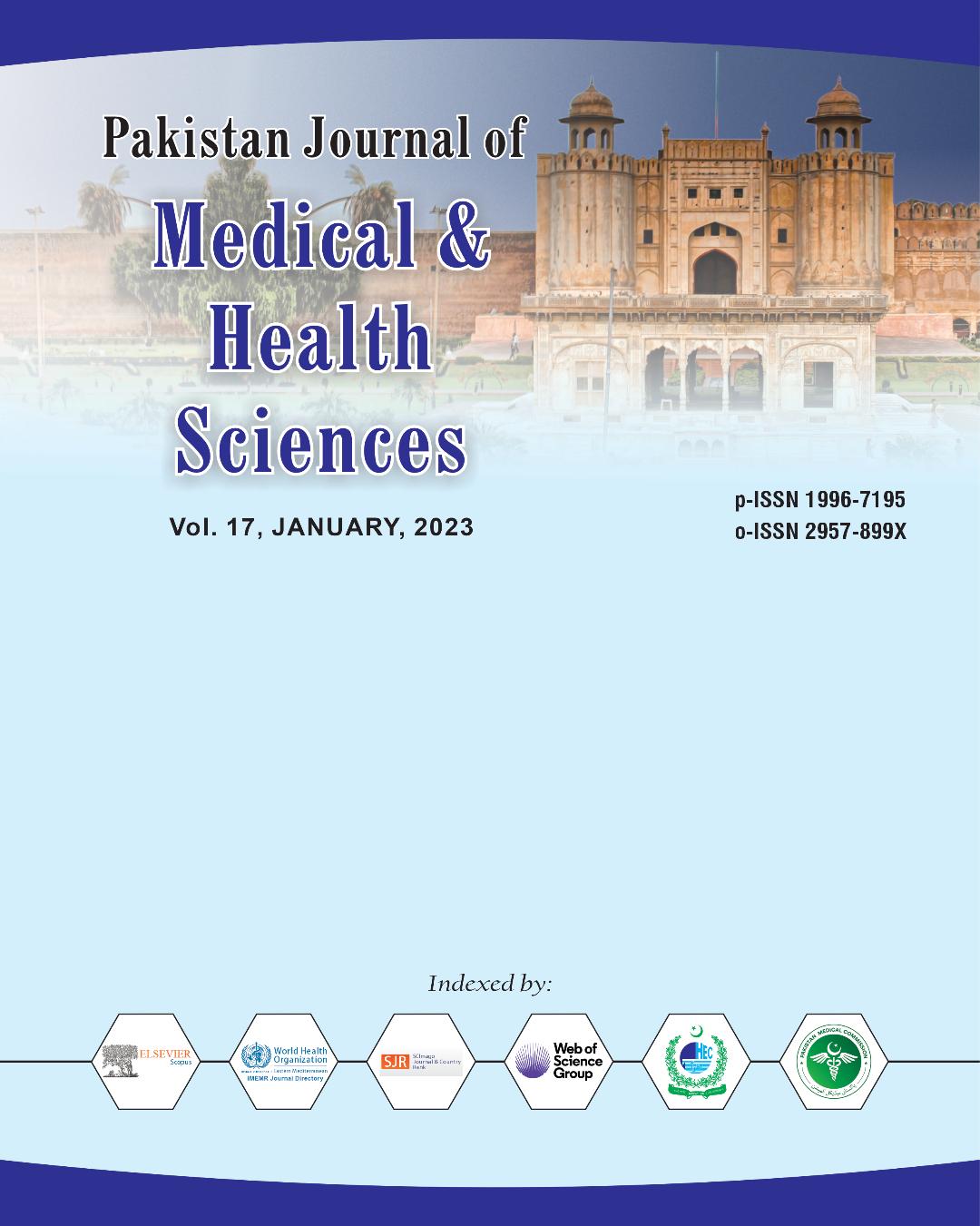A Comparative Anatomical and Morphometric Study of the Inguinal Canal in Males and Females and Its Association with the Predisposition to Groin Hernias
DOI:
https://doi.org/10.53350/pjmhs2023171893Abstract
Background: Groin hernias are a common surgical condition with a marked gender disparity in prevalence, with males being many orders of magnitude more affected. It is thought that this difference is due to anatomical and morphometric variations of the structure of the inguinal canal between males and females.
Objective: A comparative anatomical and morphometric analysis of the inguinal canal in male and female cadavers and further correlation of these findings with the predisposition to groin hernias.
Methods: This cross-sectional cadaveric study was done on 30 males and 20 female adult cadavers from January 2022 to June 2022. Bilaterally, the inguinal region was examined in detail. Canal length, superficial and deep ring widths, canal obliquity angle, posterior wall muscular reinforcement, and Hesselbach’s triangle condition were measured as parameters. Group comparisons were made by t-test with p < 0.05 in SPSS v25.0.
Results: The length of the inguinal canal in males was significantly greater (4.21 ± 0.52 cm) than in females (3.13 ± 0.41 cm, p <0.05), and at both rings, it was wider (1.59 ± 0.21 cm). Moreover, males had a lower canal obliquity angle and weaker posterior wall muscular support (17% versus 90% strong in females). In 80% of the male cadavers, Hesselbach’s triangle was weak, whereas in 20% of females, it was strong. All differences were significant (p < 0.001).
Conclusion: Males are structurally vulnerable to inguinal canal development and can develop a hernia. On the contrary, females have a compact, oblique, and muscularly reinforced canal that prevents herniation. However, this gender specific anatomical knowledge is important when working to prevent, diagnose, and repair hernias.
Keywords: Inguinal canal, Groin hernia, Anatomy, Morphometry, Posterior wall, Hesselbach's triangle, Gender differences, Cadaveric study
Downloads
How to Cite
Issue
Section
License
Copyright (c) 2023 Muhammad Faisal Khan, Shahida Hingoro, Muhammad Umar, Piriha Abbasi, Asma Zulfiqar, Nadira Hameed

This work is licensed under a Creative Commons Attribution 4.0 International License.


